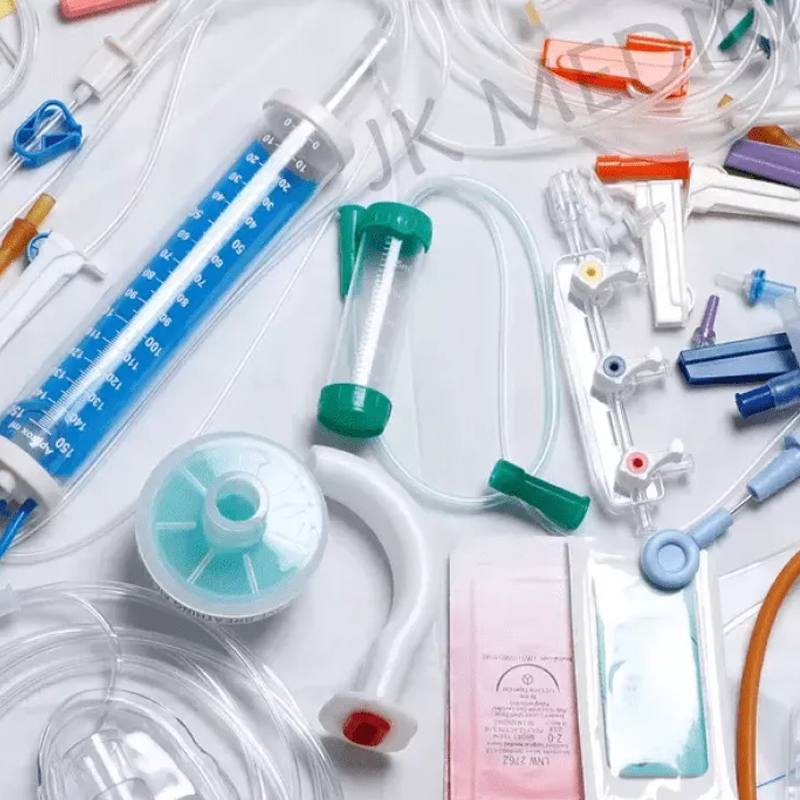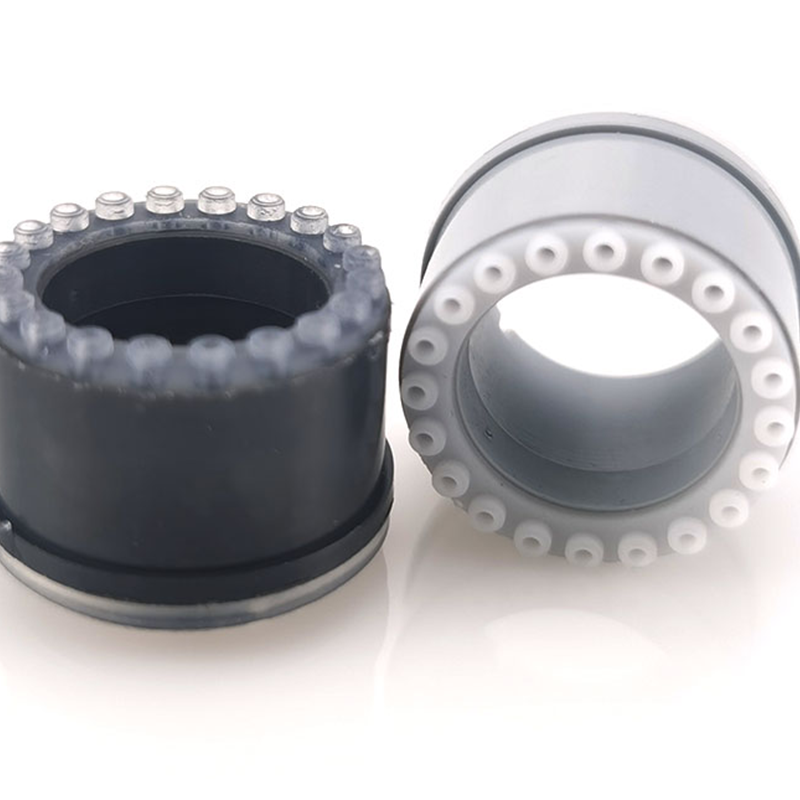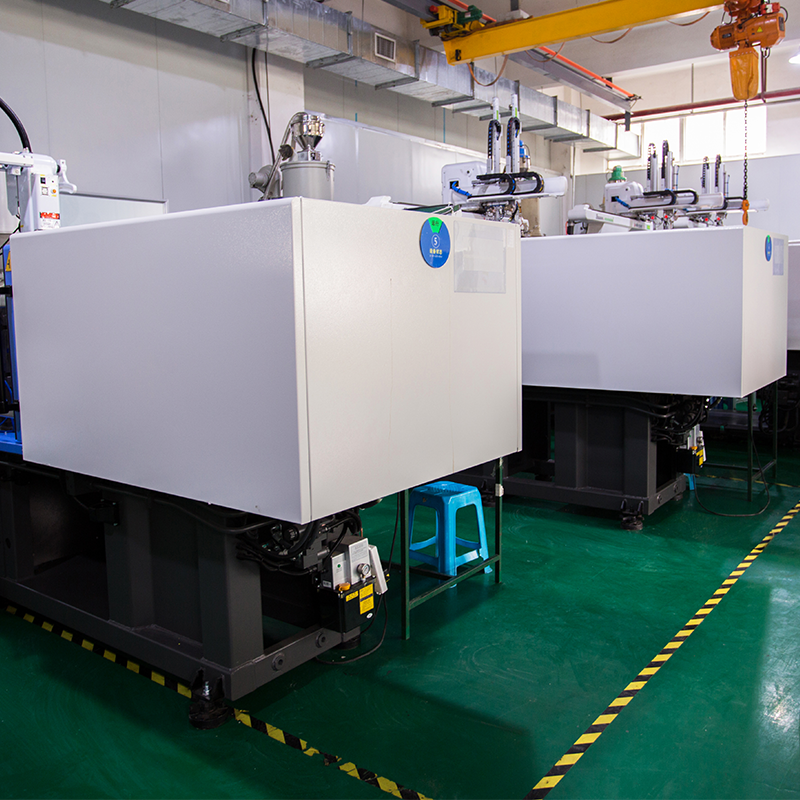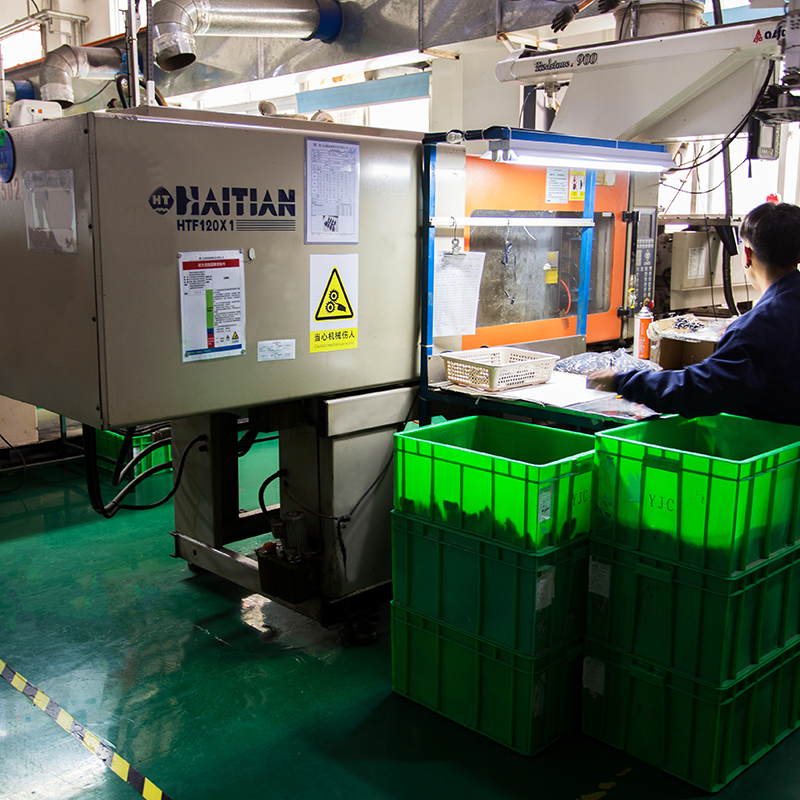Are you choosing plastics or rubbers for a new part and not sure where to start? At YJCPolymer we help engineers and product teams cut through the noise. In this guide I’ll walk you through the practical, manufacturability-focused differences between common engineering plastics and elastomers, explain how those material choices affect design, tooling, and production, and share what to ask your suppliers so your next project succeeds in prototype and mass production. If you’re evaluating materials for strength, wear, chemical resistance, or FDA compliance, read on — this is written from the factory floor perspective so it’s actionable for real manufacturing.
Why material selection matters (beyond “it’s plastic”)
Choosing the wrong polymer can break a program: parts that creep or absorb moisture, shrink out of tolerance, fail under heat, or react with fluids. Materials behave fundamentally differently from metals — they can be hygroscopic, anisotropic, viscoelastic, and have much higher thermal expansion. In production these properties affect tooling (mold venting, surface finish), cycle time, secondary machining, and long-term part performance. At YJCPolymer we treat material selection as a design decision that drives cost, lead time, and warranty outcomes — not an afterthought.

Quick reference: performance families and where they shine
Below are grouped summaries of commonly used engineering plastics and elastomers, with practical application notes.
High-performance thermoplastics
- PEEK (Polyether ether ketone) — Exceptional mechanical strength, chemical resistance, and continuous use temperature up to ~260°C. Used for aerospace, medical implants, and pump components. Very expensive but often replaces metal in high-stress designs.
- PPS/PPO/PEI (Ultem) — Good high-temperature stability and dimensional stability; used for electrical insulators and high-temp structural parts.
- PTFE (Teflon) — Outstanding chemical resistance and low friction; used for seals, liners, and sliding surfaces. Poor mechanical strength; often used as a coating or filled composite.
Engineering thermoplastics (workhorse parts)
- POM (Delrin, Acetal) — Excellent dimensional stability, low friction, and good wear resistance. Ideal for gears, bushings, and precision sliding parts. Be mindful of sensitivity to strong oxidizers.
- Nylon family (PA6, PA66, PA610, etc.) — Great toughness and wear resistance; many grades (glass- or oil-filled) tailor strength and friction. Hygroscopic — plan for conditioning and expect dimensional changes.
- Polycarbonate (PC) — High impact resistance and clarity (when needed), used for housings, safety shields; requires careful molding to avoid internal stress.
- PET/PBT — Good mechanical properties and chemical resistance for connectors and housings; excellent electrical insulation.
Styrenics and commodity engineering
- ABS — Tough, easy to process, and plateable (used when cosmetic finish matters). Good for housings and consumer product parts.
- Acrylic (PMMA) — High clarity for lenses and cosmetic parts, but brittle relative to PC.
Rubbers & elastomers
- Silicone (VMQ, LSR) — Wide temperature range, biocompatible, excellent weathering. Used for medical seals, baby products, and soft-touch interfaces. LSR injection molding supports high-precision, high-volume production.
- Nitrile (NBR) — Excellent oil resistance for seals exposed to fuels and lubricants.
- Fluorosilicone / FKM (Viton) — High-temperature and aggressive chemical resistance for demanding seals.
- EPDM/PU — EPDM excels at weathering and steam resistance; polyurethane offers excellent abrasion resistance for rollers and bumpers.

Key material properties to evaluate (and why they matter)
- Mechanical strength & modulus — Determines load-bearing capability and stiffness; influences wall thickness and rib design.
- Wear & friction — Crucial for moving components (gears, sliding surfaces); select filled grades for improved life.
- Thermal properties (Tg, continuous use temp) — Dictates whether the part will deform under expected service temperatures.
- Moisture absorption — Affects dimensions and mechanical properties (nylons are highly hygroscopic).
- Chemical compatibility — Essential for parts contacting fuels, solvents, or cleaning agents.
- Electrical properties — For insulators or components near electronics.
- Processability — Melt flow, shrinkage, and molding windows influence cycle time, tooling cost, and achievable tolerances.
- Regulatory compliance — FDA, USP, RoHS, REACH — required for medical, food contact, and export markets.

Manufacturing considerations — design for manufacturability (DFM)
- Wall thickness and ribs: Plastics need uniform wall thickness to avoid sink and warpage. Use ribs instead of overly thick sections.
- Shrinkage allowances: Each resin has a specific shrinkage rate; tooling must compensate. Glass-filled materials shrink differently in various directions.
- Draft angles and surface finish: Tight textures require more draft. High-gloss finishes can hide flow lines but require optimized gates/runner layouts.
- Annealing & post-processing: Some parts (especially nylon and PEEK) benefit from post-mold annealing to relieve stress and stabilize dimensions.
- CNC machining vs molding: If tight tolerances or special surface finishes are needed, consider machining from billets or using post-mold CNC. This impacts cost heavily.
- Overmolding and multi-material assemblies: LSR & TPE overmolding onto rigid substrates is a powerful way to add soft grips or seals — but requires co-molding expertise and compatible adhesives.

Quality, testing, and supplier screening
At scale, consistent material supply and QC are what make programs succeed. YJCPolymer operates as a one-stop service provider: we source certified resin lots, run incoming material checks (density, melt flow, moisture), and perform part-level verification (CMM for critical dimensions, tensile and hardness tests, DSC/TGA for thermal properties, and chemical compatibility tests where required). When choosing suppliers:
- Ask for lot traceability and certificates of analysis (CoA).
- Verify compliance (FDA, USP, REACH) for regulated parts.
- Audit their molding practices — cooling, gate design, and cavitation accounting are non-negotiable for repeatability.
Cost trade-offs and lifecycle thinking
Higher-performance polymers (PEEK, PAI) command premium tooling and material costs but may vastly reduce assembly steps and improve product lifespan. Conversely, commodity resins (ABS, PP) offer cheap per-part costs in high volumes but may fail in demanding environments. Account for total cost of ownership: tooling amortization, scrap rates, secondary machining, and warranty returns — not just resin price.

Real-world checklist for picking a material (quick)
- Define mechanical loads, temperature range, and chemical exposure.
- Determine regulatory constraints (food, medical, automotive).
- Choose candidate families (e.g., PA for wear, POM for dimensional stability, LSR for seals).
- Prototype with realistic processes (injection molding or machined prototype).
- Validate with accelerated aging, chemical soaking, and dimensional stability testing.
- Lock resin supplier and implement lot control.

Closing — how YJCPolymer helps you bridge design and mass production
Material selection is a cross-functional decision touching design, tooling, procurement, and quality. At YJCPolymer our factory-oriented approach combines OEM service, DFM reviews, and material engineering to reduce risk and speed time-to-market. We offer sample runs, LSR injection molding and thermoplastic injection capabilities, in-house testing, and supplier management so you can go from concept to consistent high-quality production with fewer surprises. If you have drawings or a parts list, send them our way — we’ll run a manufacturability and material feasibility review and propose options that balance performance, cost, and scale. Let’s make your design work in the real world.